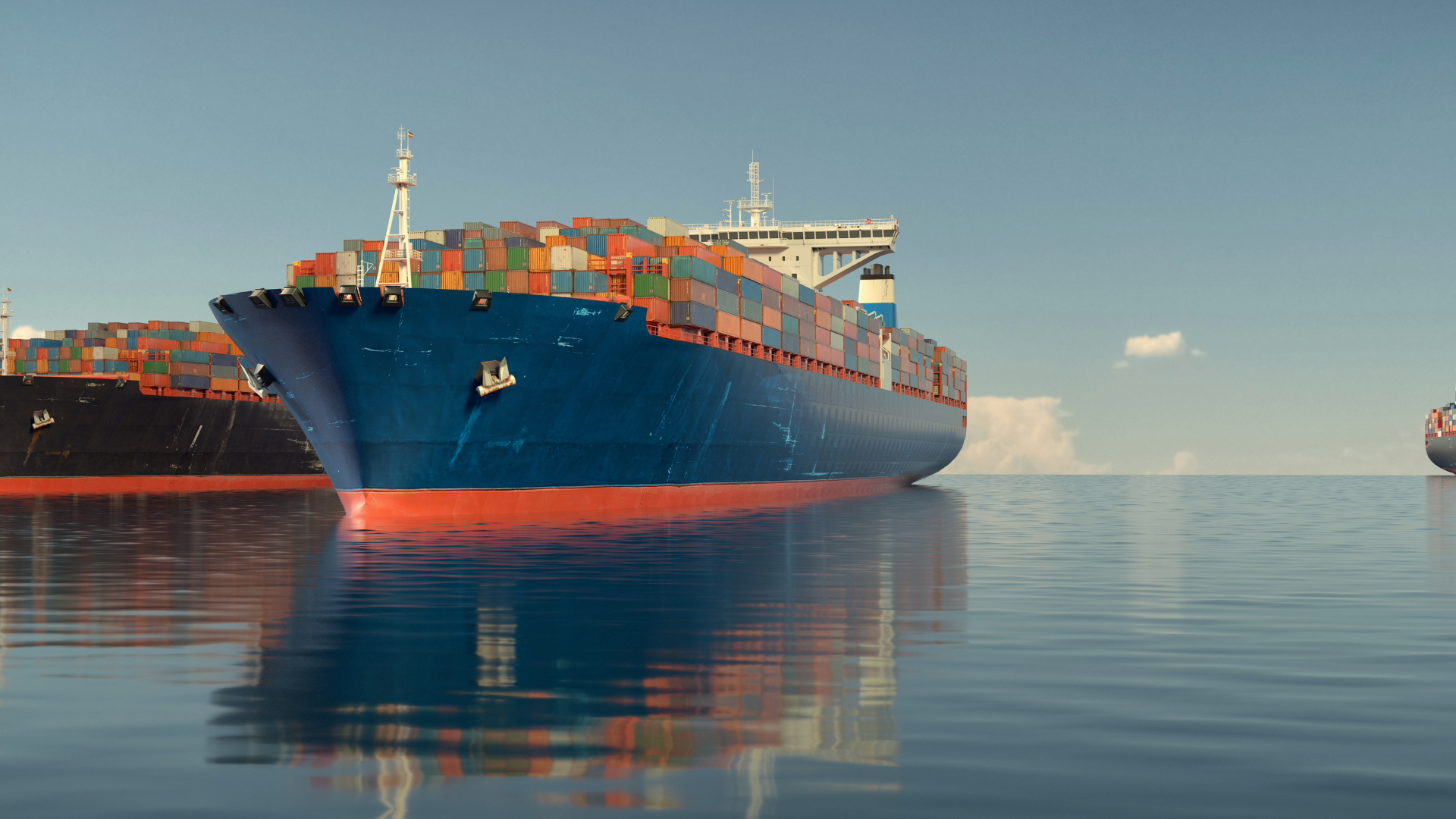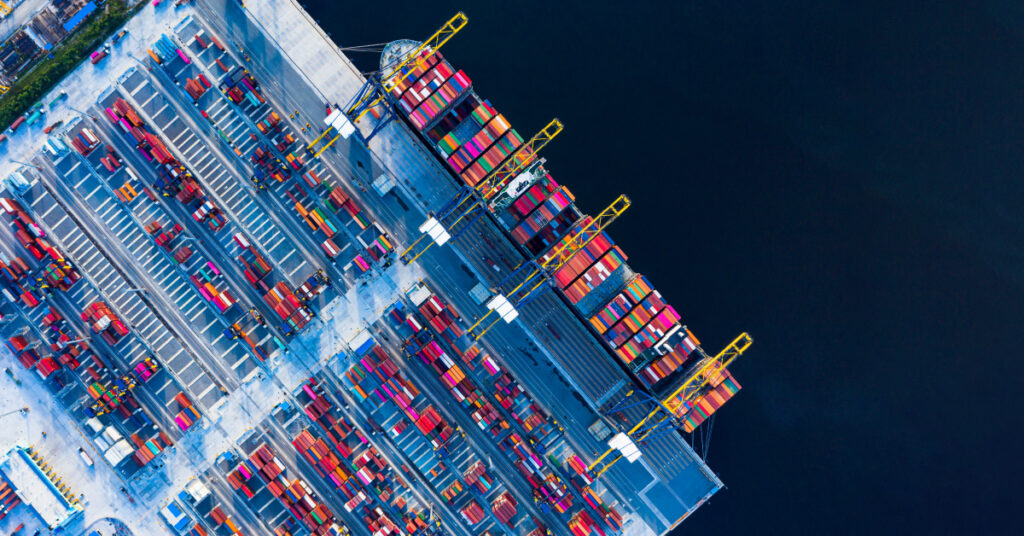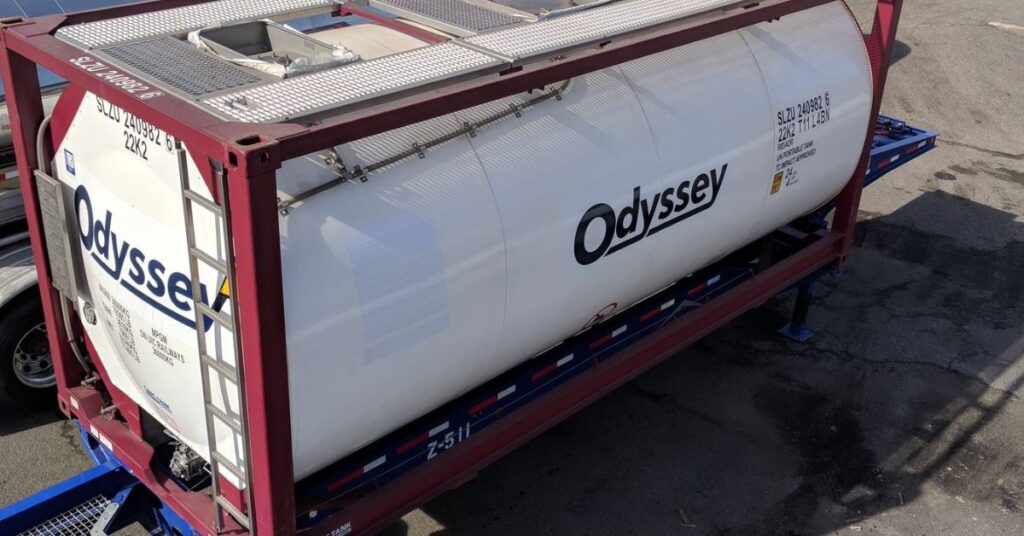As we move further into 2024, it’s clear that equipment availability, fuel costs and freight rates are all moving in time with the many different global issues that are impacting global supply chains. The Red Sea crisis, war in Ukraine, higher China tariffs and the uncertainty around the Iran nuclear deal are just some of the top geopolitical tensions that are affecting certain aspects of transportation.
Collectively, these issues are impacting the state of freight right now and creating new challenges for shippers and consumers alike. For example, CNBC reports that the ocean container capacity crunch has hit global trade just as peak shipping season starts, with freight spot rates up some 30% over the past few weeks and heading higher.
“A perfect storm in global trade is creating a shipping container capacity crunch, fueling a sudden and surprise spike in ocean freight rates,” the news outlet says. “The beginning of peak shipping season, coupled with the longer transits to avoid the Red Sea, and bad weather in Asia, have hit the flow of trade on key routes. Ocean carriers are skipping ports or decreasing their time at port, and not picking up empty containers, in an effort to keep vessels on track for delivery.”
Freight Rates Surge
Surging freight rates started last December when terrorist attacks in the Red Sea forced the world’s container ships to divert around Africa, reducing shipping capacity. This was because it takes 30-40 percent longer to complete the round trip from Asia to Europe, lowering the network’s effective throughput, according to Business Day.
The Shanghai Containerized Freight Index (SCFI), which measures the container freight price in the spot market showed that Shanghai to Europe rates hit a 155 percent increase from April 15, and nearly three times increase from December 15, 2023, the publication reports.
“Also, Asia to US trade lanes have been heavily impacted, with rates from Shanghai to the US West Coast adding ‘a 37 percent increase from April 15, and a 142 percent increase from Dec 15, 2023.’ The high cost of freight offsets capacity gaps caused by the Suez re-routings as carriers were forced to rotate many ships from the Pacific to Asia-Europe lanes,” notes Amaka Anagor-Ewuzie in Business Day.
Teetering at the Top of a Sharp Pyramid
The container shipping market right now can at best be described as teetering at the top of a sharp pyramid. The ability to even roughly predict what freight rates will do over the next six months is getting more difficult. Some of this ambiguity can be blamed on these underlying market conditions:
- There’s a lot of extra capacity right now. There’s been demand growth of about 8% over the past five years combined with fleet growth of 25%. This imbalance has created substantial overcapacity, some of which has been absorbed through slow-steaming. About 1.5 million TEUs of capacity will be injected into the market this year, and will only worsen the overcapacity issue.
- The Red Sea crisis persists. The much longer sailing distances around southern Africa translate into a sharp change in demand when measured in TEU miles. Essentially, the overcapacity outlined in the above point is just enough to cope with the new diversions around Africa, provided vessels are sped up again and that there are no additional disruptions.
- Port congestion is getting worse again. Port congestion in Asia and the Western Mediterranean has been gradually worsening for several months, and has officially reached a boiling point in the last 30 days. As the Red Sea crisis persists, and with zero excess capacity to deal with new problems, we now have insufficient capacity in the global supply/demand balance.
- Demand for container shipping is spiking. This appears to have caught everyone by surprise, carriers included. This is an extremely early onset of the peak season as anxious shippers anticipate large scale disruptions on the U.S. East Coast if labor negotiations break down. Also, an earlier peak season should be expected for any services being diverted around Africa. To some degree, the spiking demand for container shipping is the straw that broke the camel’s back in terms of capacity shortages.
What’s Coming Next?
Overall, the market situation right now mimics the early parts of the pandemic disruptions, where insufficient capacity led to the largest rate increases the industry had ever seen. If high demand for containers continues—and if this isn’t just a temporary early peak season, but rather a sustained boom—then rates will continue to climb.
The maritime industry has been facing challenges stemming initially from the diversions in the Red Sea. The carriers have been posting longer transit times and as a result, the equipment flow has been disrupted. There have been lower levels of available equipment at export hubs paired with an earlier-than-expected surge in demand resulting in congestion, and higher rates, and while carriers are bringing on capacity the equipment shortage isn’t supporting current volumes.
However, if the Red Sea routing reopens, it would instantly recreate the substantial overcapacity the market was grappling with at the end of 2023 and could cause a sharp drop in spot rates.
Navigating these uncertainties isn’t getting any easier for shippers, most of whom are now planning out their supply chains and freight budgets for the rest of the year. Knowing that the two most likely scenarios appear to go in two extremely different directions makes it exceedingly difficult to put solid plans in place right now.
There are steps you can take to manage during this period of volatility:
- Embrace agility and be ready to adapt your shipping strategies on the fly;
- Always work with a reputable, experienced logistics provider that has its finger on the pulse of the market; and plan ahead and book early.
- Consider airfreight for time-sensitive shipments,
- Use real-time tracking tools to monitor your supply chain (and, adjust accordingly)
- Look for carriers that prioritize fuel efficiency.
Odyssey’s International Forwarding experts offer the best in Customs Brokerage, International Freight Forwarding, NVOCC, and IAC services. Our team of experts bring over 70+ years of experience to the industry and help our clients proactively identify and avoid possible issues, we rise to the challenge to solve even the most complex problems. Connect with one of our experts today.








